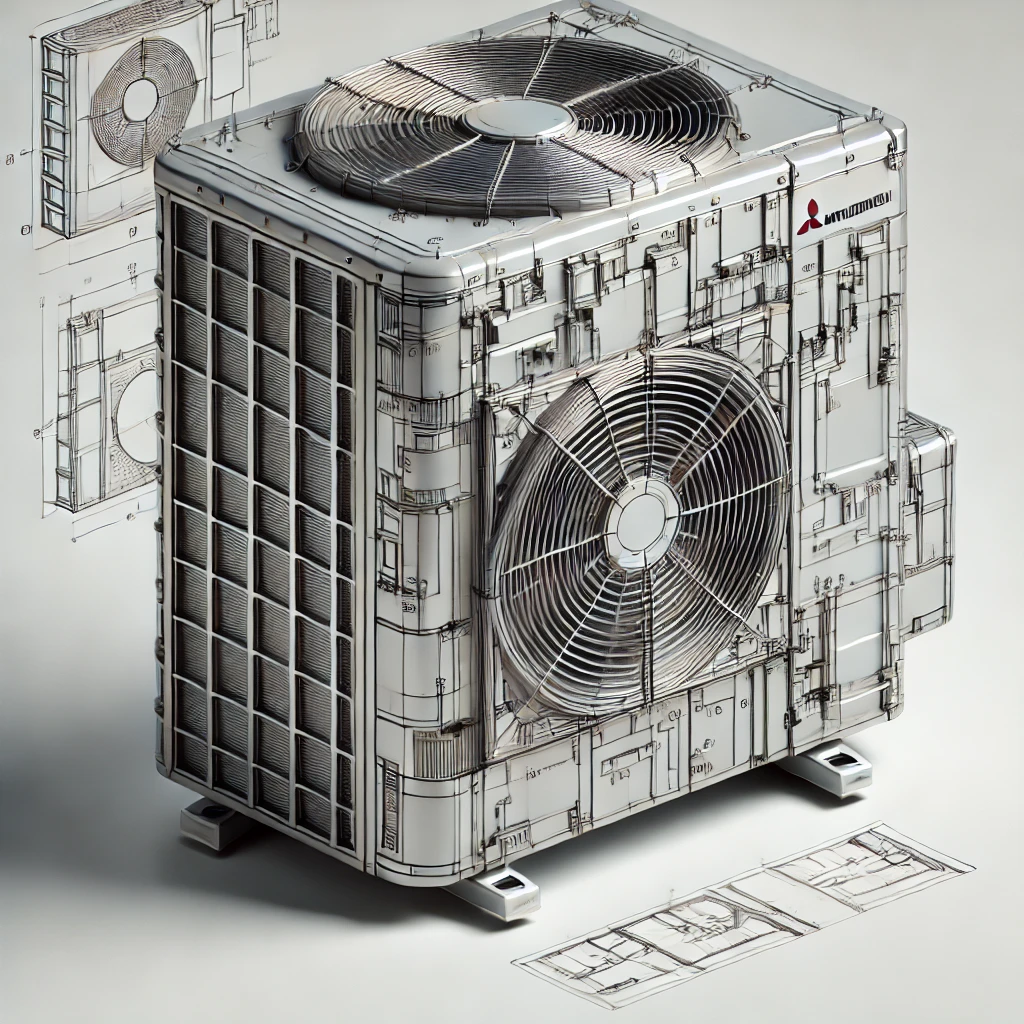The PLFY-P18NFMU-E Revit Family often leaves architects and engineers scratching their heads. What is it, and why is it such a big deal? If you’re working with HVAC systems and building information modeling (BIM), you’ve probably faced challenges integrating data accurately. This Revit family changes that game entirely.
Let’s say you’re designing a commercial building. Managing HVAC components in a 3D environment can feel like juggling too many balls. That’s where Revit families like the PLFY-P18NFMU-E step in—pre-configured, intelligent BIM objects designed to simplify your workload.
How the PLFY-P18NFMU-E Revit Family Makes HVAC Integration Easier
Think about your last big project. Did you waste hours adjusting ductwork dimensions or manually configuring system specs? The PLFY-P18NFMU-E Revit Family streamlines all that.
Key Benefits You’ll Appreciate
- Pre-loaded Data: No more hunting for technical specs. This Revit family includes all the critical information—capacity, dimensions, airflow rates, and more.
- Time Saver: Instead of building components from scratch, drag and drop this Revit family into your project and watch it fit seamlessly.
- Reduced Errors: Its built-in intelligence ensures connections and configurations are accurate, preventing costly mistakes during construction.
Who Benefits Most?
If you’re:
- An architect trying to coordinate HVAC with other building systems.
- An engineer focused on efficiency and accuracy.
- A project manager keeping everything on track.
This Revit family is designed for you.
Real-Life Example: How the PLFY-P18NFMU-E Simplifies Collaboration
Imagine you’re part of a team working on a high-rise office building. The HVAC system needs to integrate with electrical and plumbing. Without a reliable Revit family, errors creep in. A misaligned duct here, an oversized vent there—it adds up to delays and extra costs.
But with the PLFY-P18NFMU-E Revit Family, you get pre-defined parameters that ensure all components fit together perfectly. Your electrical engineer gets precise data, your plumber gets accurate pipe alignments, and your client gets a project delivered on time.
FAQs About the PLFY-P18NFMU-E Revit Family
What is included in the PLFY-P18NFMU-E Revit Family?
It comes preloaded with dimensions, material specs, airflow data, and connectivity parameters, making it a plug-and-play solution for HVAC designs.
Can I customize the PLFY-P18NFMU-E Revit Family?
Yes! While it’s pre-configured, you can tweak parameters to fit unique project needs without losing data integrity.
Is it compatible with all versions of Revit?
It works with most modern versions of Revit, but always check compatibility notes before downloading.
How do I find the PLFY-P18NFMU-E Revit Family?
Manufacturers like Mitsubishi Electric and BIM-specific platforms often provide free downloads.
Quick Tips for Using the PLFY-P18NFMU-E Revit Family
- Start Early: Include this Revit family in the initial design phase to avoid rework.
- Double-Check Parameters: While it’s accurate, always verify that the default settings match your project requirements.
- Collaborate: Share the file with your team early so everyone works from the same data.

Where to Download the PLFY-P18NFMU-E Revit Family
Getting this Revit family is straightforward. Websites like BIMObject or manufacturer portals often host these files. Make sure to download directly from reliable sources to avoid corrupted data.
Final Thoughts on the PLFY-P18NFMU-E Revit Family
The PLFY-P18NFMU-E Revit Family bridges the gap between complexity and simplicity in HVAC design. It’s more than just a tool; it’s a solution that saves time, reduces errors, and improves collaboration. Whether you’re designing a skyscraper or a small commercial space, this Revit family can make your job smoother.
Next time you hear about PLFY-P18NFMU-E, think of it as your project’s unsung hero—ready to optimize your BIM workflow and bring your vision to life.